Why Artists Should Know About the Benefits of Crypto and NFTs
Cryptocurrency and NFTs (non-fungible tokens) can be a great tool to support artists and creators that want to branch out and make a greater profit on their work. Part of the reason that NFTs work is because the tokens are unique assets that can be identified and exchanged exclusively between a buyer and a seller. There can only be one NFT, and it cannot be replicated for other sales of the one file. Artists and creators can find this useful for preventing theft, increasing their value, and providing a market that might open new doors to clients and sales.

NFTs are secure because of blockchain technology, the blockchain is a digital ledger that cannot be altered or modified in any way. The ledger keeps up with artists and buyers forever. It’s useful for artists especially because they would no longer have to rely on galleries or auction houses to sell their art. Instead, the artist can sell it directly to the consumer as an NFT, which also lets them keep more of the profits. These transactions take place with cryptocurrency such as ethereum or paypal. In addition, artists can program in royalties so they’ll receive a percentage of sales whenever their art is sold to a new owner. This is an attractive feature as artists generally do not receive future proceeds after their art is first sold.
Modifying the metadata on an NFT is impossible, so owning the real asset is valuable based on the current market. Once a piece of content is screen-grabbed, shared, and used, its value increases. Therefore, owning the verifiable asset has more value.
But NFTs aren’t just the asset itself – the GIF, JPG, MP3, etc. – but also a digital certificate of authenticity for an increasing number of collectibles ranging from art and music to trading cards. NFT marketplaces are great places to get your work out there. The value of your art is determined by how many people give it value, or how interesting they find it, and what they are willing to pay for it.
One of the obvious benefits of buying art is it lets you financially support artists you like, and that’s true with NFTs. Buying an NFT also usually gets you some basic usage rights, like being able to post the image online or set it as your profile picture. Plus, of course, there are bragging rights that you own the art, with a blockchain entry to back it up.
For collectors, NFTs can work like any other speculative asset, where you buy it and hope that the value of it goes up one day, so you can sell it for a profit. There isn’t a guarantee that the value will be more than what you bought it for, a lot of times people are willing to only pay less than what you purchased it for.
As a disclaimer though, some experts aren’t sure if NFTs will be worth it in the future, some have even compared them to beanie babies and their season of fame. Blockchain technology is one of the only secure sources of ledgers and record keeping that cannot be lost, stolen, or modified. With those two ideas in mind, security doesn’t lose value, and it is definitely a preventative when protecting assets. The difference between beanie babies and NFTs is the physicality of the collectible.
Regardless, NFTs are in the now, and they can make your media have a new unique value. If Beeple can make almost 70 million dollars on an NFT, why can’t you?
